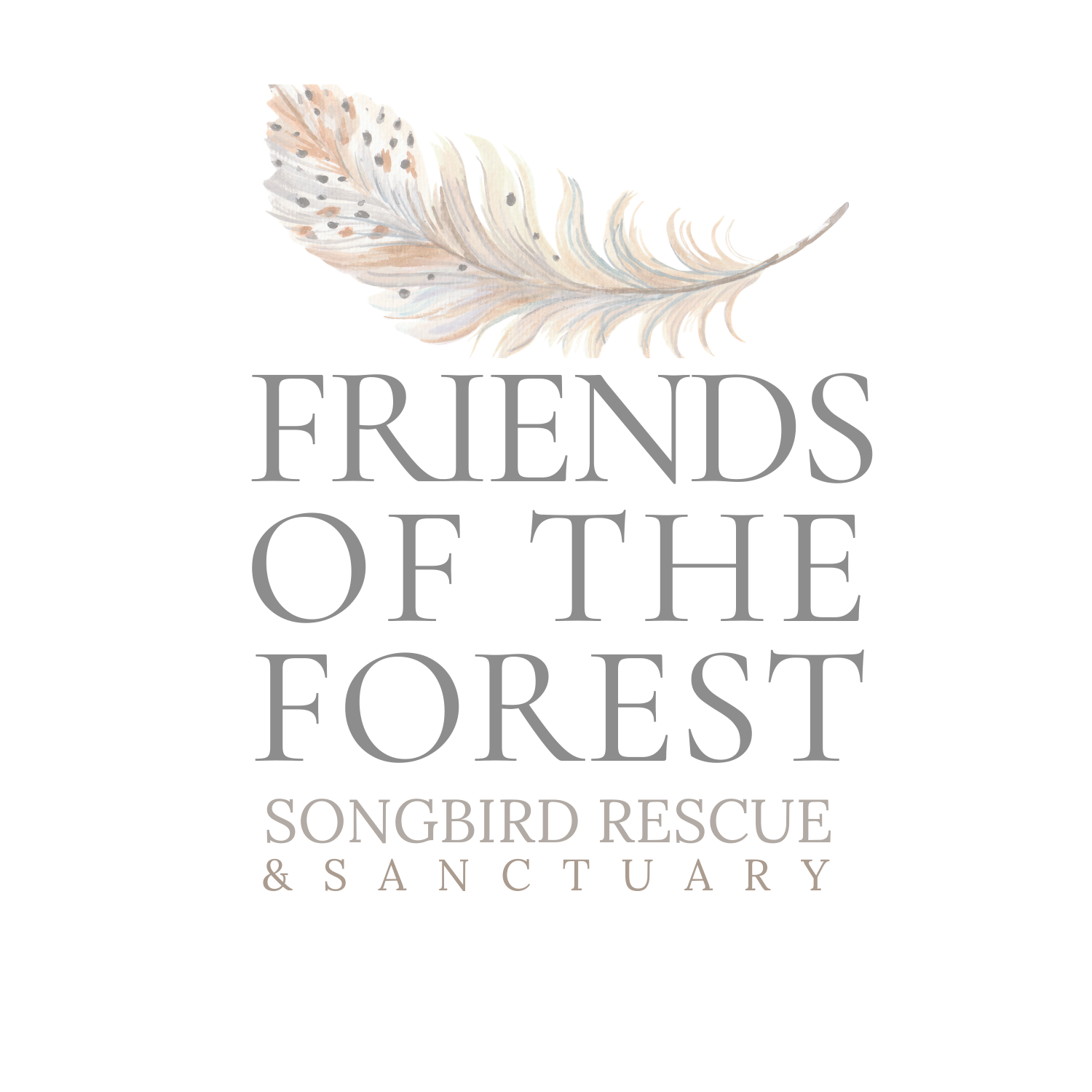
The Wheel of the Year
The Wheel of the Year Connects You to Nature’s Seasonal Journey
The Wheel of the Year is an ancient Celtic calendar that honors the natural cycles of life, death, and rebirth. Rooted in pagan traditions, this sacred wheel represents the changing seasons and reminds us that everything in life has its time—birth, growth, decline, and renewal. It’s a powerful invitation to live in harmony with the rhythms of nature, to align ourselves with the energy of the earth, and to embrace each season as an opportunity for growth and transformation.
At the heart of the Wheel of the Year is the acknowledgment that the cycles of nature mirror the rhythms of our own lives—cycles of creation, surrender, and rebirth. And at the center of this natural order is feminine energy, which is deeply connected to the flow of the seasons. Like the earth itself, we too experience cycles of rest, growth, and renewal. By attuning ourselves to these cycles, we embrace the inherent wisdom of our feminine nature.
Embracing Feminine Energy Through the Wheel of the Year
Feminine energy thrives in harmony with the cycles of the seasons. Each Sabbat, or sacred festival, offers us an opportunity to connect with nature, reflect on our own journey, and align with the natural world. Just as nature invites us into the quieter moments of rest during winter or the vibrant creativity of spring, feminine energy nurtures us in each of these phases.
Imbolc (February 1st): A festival of purification and light, honoring the energy of new beginnings and the stirring of the earth beneath us. It’s a time to awaken our inner vision and create the space for new life to emerge.
Ostara (March 20th): A powerful festival that celebrates the spring equinox, a time of balance, growth, and the return of light. For women, Ostara is a moment to honor our own cycles of renewal and embrace the feminine energy of creation, fertility, and transformation.
Beltane (April 30th/May 1st): The celebration of fertility, passion, and creative expression. Feminine energy is alive and flourishing, guiding us to embrace our sensuality, intuition, and the beauty of creation.
Litha (June 21st): The Summer Solstice, a moment of peak energy and vitality. This is when the sun reaches its highest point, and we are reminded to honor the fullness of our feminine power and the radiant energy we carry within.
Lammas (August 1st): A time for celebrating the harvest. It’s a moment to reflect on the fruits of our labor, the abundance that comes from nurturing ourselves and others, and to honor the cycles of giving and receiving.
Mabon (September 21st): The Autumn Equinox, a time for balance and reflection. As we transition into the dark half of the year, this festival invites us to honor both our light and our shadows, embracing the wisdom of our inner knowing.
Samhain (October 31st - November 1st): The Festival of the Dead, a sacred time to connect with our ancestors and reflect on the impermanence of life. This is a time for introspection, honoring the cyclical nature of life, and celebrating transformation.
Yule (December 21st): The Winter Solstice, a moment of stillness and rebirth. As the longest night of the year, Yule reminds us that even in the darkness, light is returning. This is a time of renewal and reflection, where we rest and prepare for the energy of spring to emerge once more.
Aligning Feminine Energy with the Wheel of the Year
As we journey through the Wheel of the Year, we are invited to live in tune with nature’s rhythms, honoring the ebb and flow of our own energy. Feminine energy is inherently cyclical—it grows and wanes with the seasons, just like the moon, the earth, and all living things. By honoring the sacred Sabbats, we step into the flow of life’s natural progression, embracing both the light and the dark with grace and wisdom.
Each Sabbat offers a unique opportunity for women to reconnect with their intuitive, nurturing, and restorative selves. Whether we are basking in the creative energy of Beltane or resting in the quiet reflection of Samhain, the Wheel of the Year invites us to slow down, listen, and trust the wisdom that lives within our bodies and souls.
By embracing the full cycle of life—the birth, the growth, the decline, and the renewal—we are able to step into the fullness of our feminine energy, honoring our own cycles, seasons, and rhythms. The Wheel of the Year is a beautiful reminder that we are part of something much larger than ourselves, deeply connected to the earth and to one another.
Join us in embracing the wisdom of the Wheel of the Year and reconnecting with your feminine energy. Together, we can celebrate and honor the journey of life and the seasons that guide us.
NOTE:
The dates listed below are the most commonly observed times for each Sabbat, but it’s also important to consider the astrological timing of the Sabbats. For the Quarter Festivals, the calendar dates align with the Sun’s movement into specific signs (for example, the Winter Solstice coincides with the Sun entering Capricorn at 0 degrees). However, the Cross-Quarter Sabbats may vary, as they are based on the midpoint between solstices and equinoxes, which can shift slightly each year. If you're looking for precise astrological dates, you can consult an ephemeris or an astrological calendar. While many Pagans celebrate the Sabbats on the commonly observed dates, others—especially those with a strong interest in astrology—choose to honor the Sabbats based on their exact astrological timing.
The Eight Main Celebrations that Make Up the Wheel of the Year (Northern Hemisphere)
-
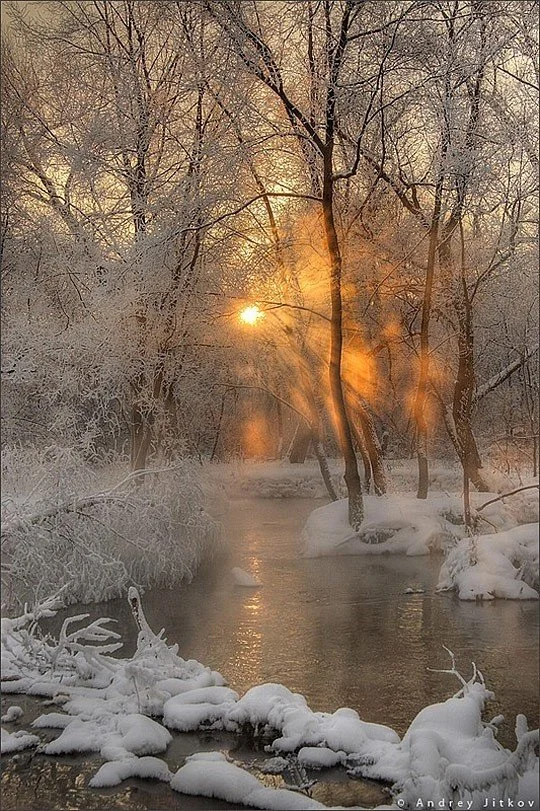
Yule
A Sacred Celebration of Light, Renewal, and Community for Women
Yule falls on
Sunday, December 21, 2025
Cold Full Moon on Thursday, December 4, 2025 at 6:14 p.m. (ET).
Yule, also known as the Winter Solstice, is a time of profound celebration and reflection for women and communities around the world. Celebrated on or around December 21st, Yule marks the shortest day and longest night of the year, offering a moment of pause before the return of the light. Derived from the Old Norse word "jól," Yule is deeply rooted in the ancient pagan traditions that honor nature's cycles, particularly the rebirth of the sun after the darkness of winter.For women, Yule is a time to celebrate hope, renewal, and the return of light—both literally and symbolically. In ancient traditions, the sun was seen as reborn during the Winter Solstice, bringing with it the promise of warmer days ahead. It is a time to reflect on personal rebirth—the shedding of old patterns and the planting of seeds for new beginnings. Just as the earth rests during the long winter months, Yule invites us to rest, restore, and prepare for the year ahead.
At the heart of Yule is the celebration of light. Bonfires, candles, and festive lights are all integral parts of the holiday, each one representing the desire to call the sun back from its dark retreat. Women can honor this energy by lighting candles for their own intentions—whether for healing, growth, or clarity. As the nights grow longer, we are reminded of our own ability to shine in the darkness, to offer light and warmth to ourselves and those around us.
Evergreen trees, holly, and mistletoe are also central symbols of Yule. These plants remain green through the winter months, symbolizing life's resilience amidst death and decay. For women, this can be a powerful reminder of our own inner strength—how, even during times of rest, we carry the seeds of growth, transformation, and potential. Yule teaches us to honor the cycles of nature—understanding that there are seasons of rest and seasons of bloom, and both are essential for balance and wholeness.
Feasting is another important part of Yule, bringing families and communities together to share in the abundance of the earth. Whether gathered around a warm fire with loved ones or preparing a meal for ourselves, the act of sharing food is a way of expressing gratitude for the blessings of the past year and the promise of new beginnings. Traditional dishes like roasted meats, mulled wine, spiced cider, and fruitcakes fill the table, offering comfort and warmth during the cold winter months.
-
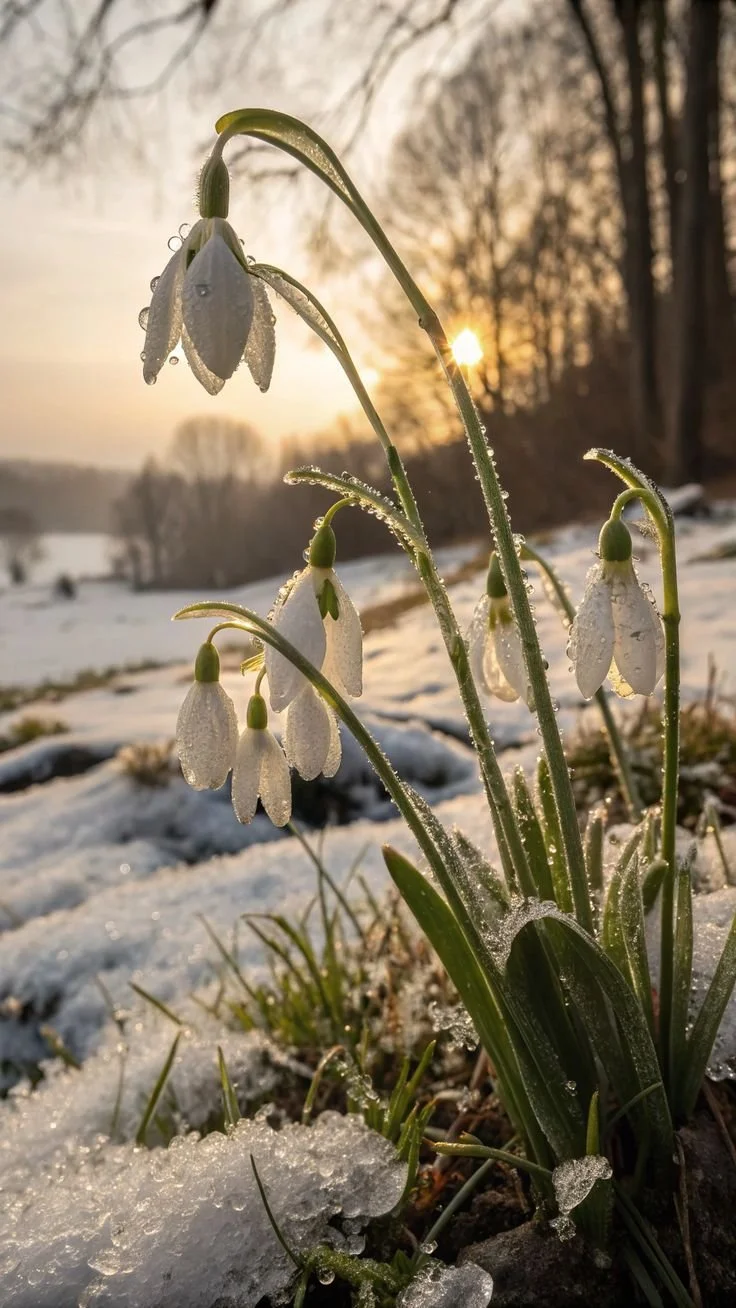
Imbolc
A Celebration of Women's Strength, Renewal, and the Return of Light
Imbolc falls on
Sunday February 1, 2026
Snow Full Moon on Sunday, February 1, 2026 at 5:09 p.m. (ET).Imbolc, also known as Candlemas, is a sacred Celtic festival celebrated on February 1st, marking the halfway point between the winter solstice and the spring equinox. Rooted in the Gaelic word "Imbolg," meaning "in the belly," it is a time when the earth stirs from its winter slumber and light begins to return, symbolizing the awakening of both nature and the spirit.
At the heart of Imbolc lies Brigid, the powerful Celtic goddess of fire, poetry, healing, and fertility. She embodies the fierce, transformative energy of women, holding space for both creation and destruction, for healing and transformation. Imbolc is a time to honor Brigid's sacred flame, lighting candles to invite her warmth, protection, and inspiration into our homes and hearts. These candles symbolize the light within us, burning away old fears and doubts, and offering a beacon of strength, guidance, and renewal as we prepare for the spring ahead.
For women, Imbolc offers a powerful opportunity for personal reflection, purification, and new beginnings. It is a time to let go of what no longer serves us—whether that's old habits, outdated beliefs, or emotional burdens—and make space for the growth and healing we wish to invite into our lives. Just as the earth begins to awaken from its rest, so too can we rise into a new season of empowerment, creativity, and vitality.
Traditionally, Imbolc was a time for community rituals, including the blessing of seeds and livestock to ensure abundance in the coming months. For women, these rituals can be seen as a metaphor for the planting of our own intentions and dreams for the year ahead—nurturing our visions with intention and care, as we prepare to give birth to new possibilities.
Imbolc is a festival that calls us to gather in community, to celebrate the cyclical nature of life, and to honor the strength of women. It is a time for storytelling, music, dancing, and feasting, all ways in which we connect to our ancestral roots and celebrate our shared feminine energy.
As we approach this season of rebirth and renewal, let Imbolc remind us of the power we hold to transform, to heal, and to create. Whether through a quiet candlelit ceremony or acts of self-reflection, this ancient celebration invites us to reconnect with our inner light and embrace the changes that are calling us forward. Just as the days lengthen and the light grows stronger, so too can we step into our own strength, knowing that we are part of the endless cycle of growth and rebirth.
-
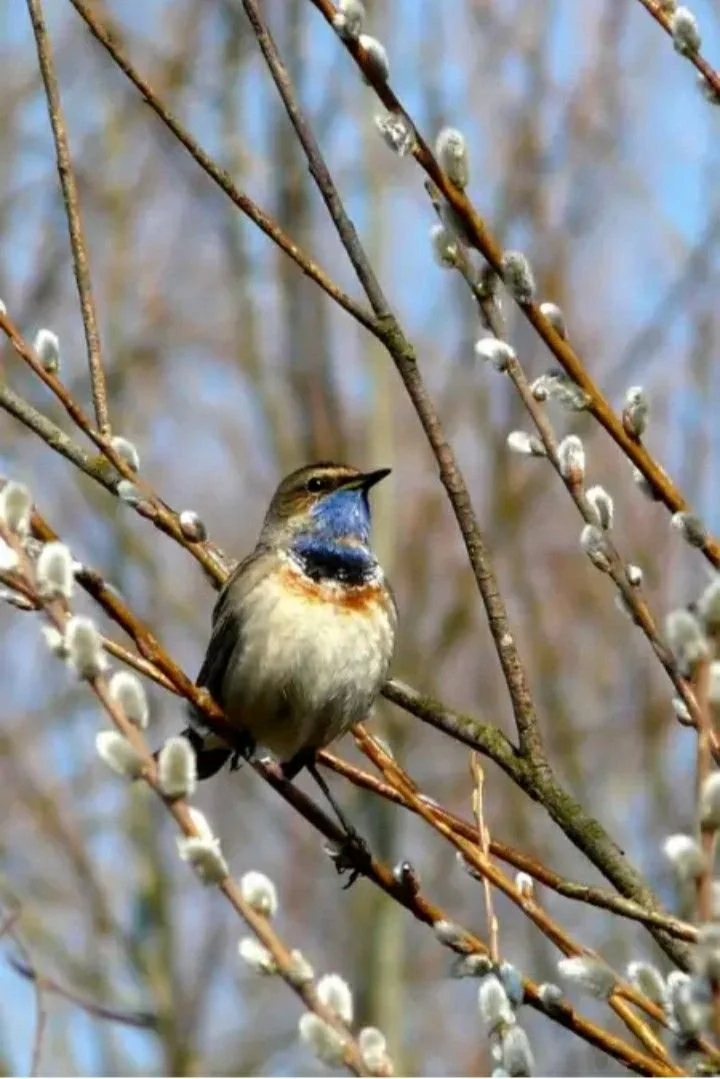
Ostara
A Sacred Celebration of Feminine Rebirth, Renewal, and New Beginnings
Ostara falls on
Friday, March 20, 2026
Worm Full Moon on Tuesday, March 3, 2026, at 6:39 a.m. (ET) This full moon will coincide with a total lunar eclipse.Ostara, also known as Eostre or Easter, is a powerful pagan festival that celebrates the spring equinox, a time of balance, growth, and the return of light. For women, Ostara is a moment to honor our own cycles of renewal and embrace the feminine energy of creation, fertility, and transformation.
Named after the Germanic goddess Eostre, who embodies fertility, hope, and new beginnings, Ostara is a reminder that we too are part of the natural rhythms of life. As the earth awakens from its winter slumber, so can we rise, refreshed and renewed, ready to embrace the abundant energy of spring.
During this time, nature bursts forth with vibrant colors: flowers bloom, trees regain their lush green leaves, and animals awaken from hibernation. Just as the world around us is reborn, so too are we invited to reflect on the personal growth we wish to nurture in the coming months. Ostara is a time to reconnect with our inner light and to celebrate the infinite possibilities that come with new beginnings.
Symbols of fertility and new life abound during Ostara, particularly eggs, bunnies, and baby animals, all of which represent the potential and growth inherent in this season. Eggs, often brightly decorated, symbolize the fertile potential within us all—the opportunity to birth new ideas, dreams, and creative endeavors.
This is a perfect time for women's rituals of renewal. You may choose to plant seeds or bulbs, both literally and metaphorically, to symbolize your own personal growth and intentions for the coming months. Whether through cleansing rituals, journaling, or spending time in nature, Ostara invites you to release old energies and make space for the new. Let go of what no longer serves you and embrace the promise of fresh starts.
Ostara reminds us of the beauty of embracing change and the sacred dance of rejuvenation. It is a celebration of both nature's rebirth and our own. Through this ancient festival, we honor the cyclical nature of life, our feminine power to create, and the radiant energy of the season ahead.
As you celebrate Ostara, take a moment to reflect on the new beginnings you wish to plant in your life. Whether you’re nurturing a creative project, setting new goals, or simply connecting with the earth, know that this is a time for you to bloom, to step into your fullest expression, and to honor your journey as a woman in alignment with the natural world.
-
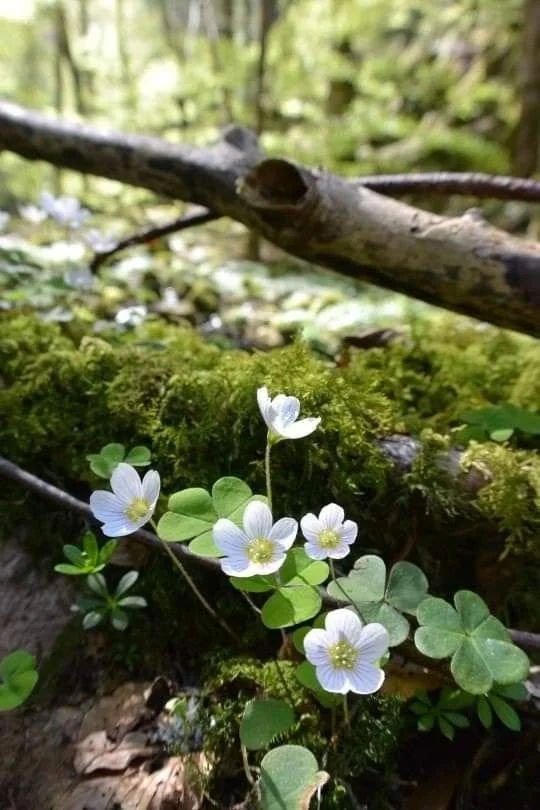
Beltane
A Celebration of Feminine Power, Fertility, and the Vitality of Life
Beltane falls on
Friday, May 1, 2026
There are two full moons in May 2026: the Flower Moon on May 1st and a second, called a Blue Moon, on May 31st. The first occurs at 1:23 p.m. (ET) while the second happens at 4:45 a.m. (ET).Beltane, also known as May Day, is a joyous and vibrant Celtic festival celebrated on the first day of May. Derived from the Gaelic word Bealtaine, meaning "bright fire," Beltane marks the beginning of summer—a time of fertility, growth, and abundance. For women, this ancient celebration is a powerful reminder of our connection to the natural world, our creative energy, and the life-giving force within us.
In Celtic tradition, Beltane was a sacred time to honor Belenus, the sun god, and to celebrate the return of longer days and warmer weather. As the earth awakens from its winter slumber, Beltane is a festival of vitality and renewal, where life begins to bloom in all its forms. For women, this is a season to embrace our own inner vitality, creative potential, and the abundant energy of the earth.
One of the most powerful symbols of Beltane is the bonfire. Traditionally, people would leap over the bonfires as an act of purification, renewal, and good fortune. For women, this is a powerful gesture of stepping into our own power and embracing the abundant opportunities before us. It’s a moment to honor the flames of creation that burn brightly within us.
Beltane is a time to celebrate fertility and abundance—not just in nature, but within ourselves. It invites us to honor the power of the earth to nurture, grow, and transform. As women, we are intrinsically connected to this energy of creation, and Beltane is a beautiful moment to affirm our role as life-givers, nurturers, and creators.
This ancient festival reminds us to rejoice in the vitality of life—to dance, to sing, to celebrate the wonders of the earth, and to embrace the new beginnings that await us. Beltane is not just about the growth of crops or livestock; it is about the growth of our own dreams, desires, and creative projects. It is a time to sow the seeds for the future we wish to create.
As the season shifts into summer, let Beltane ignite your inner fire. Honor your feminine power, embrace the fertility of your dreams, and step into the abundance that the earth and the universe are ready to offer you. Let the joyful energy of Beltane inspire you to be bold, take risks, and bring your visions to life.
Let us dance around the maypole, weave our dreams into reality, and rejoice in the beauty of nature's abundance. Together, let us honor this sacred time of year and embrace our role as creators in this ever-changing world.
-
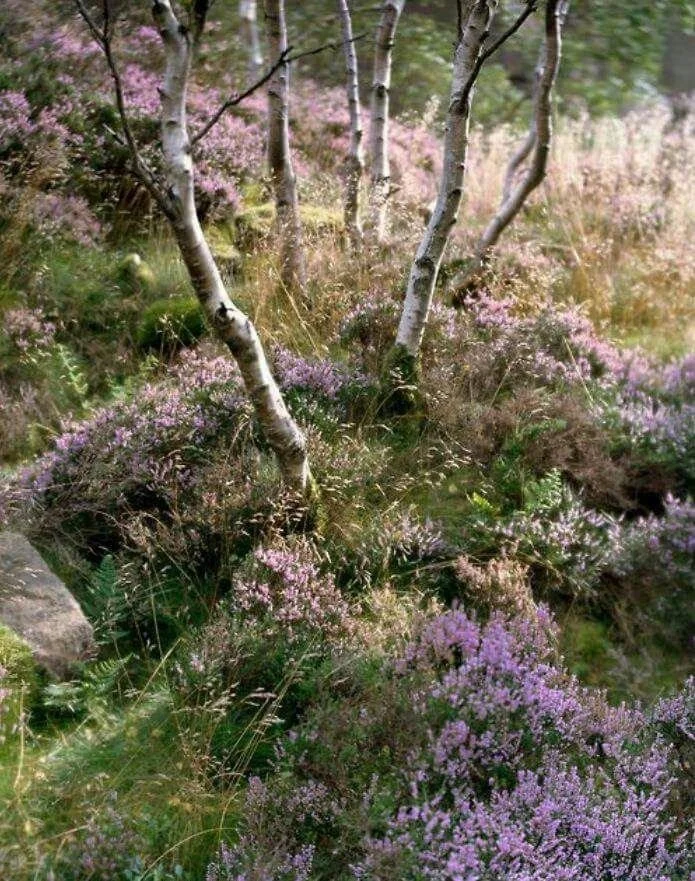
Litha
Celebrating the Sun, Growth, and Radiance Within
Litha falls on Saturday, June 21, 2026 Strawberry Full Moon on Monday, June 29, 2026, at 6:58 p.m. (ET).
Litha, also known as Midsummer or the Summer Solstice, is a powerful celebration of light, abundance, and the sun's life-giving energy. Marking the longest day of the year, it is a time when the sun reaches its peak, shining brightly and illuminating the world with its warmth and vitality. For women, Litha is a celebration of both nature’s cycles and our own inner radiance, a moment to honor our connection to the earth and the divine energy that courses through us.
In many pagan and Wiccan traditions, Litha represents a time to celebrate the sun’s power and the abundance it brings. It is a season of fullness—when crops are ripening, flowers are in full bloom, and the earth is at its most fertile. For women, this festival is a reminder of the fertility of our own creative potential, the growth we have nurtured, and the abundant blessings that flow through our lives. It’s a time to give thanks for all that we have manifested, and to celebrate our ability to bring new life into the world, whether through motherhood, creative endeavors, or personal transformation.
Litha’s celebrations often include bonfires, which symbolize the sun’s strength and vitality. These sacred flames remind us of the light within us, our inner fire, and our power to shine brightly in the world. As the flames rise, so too can we rise, empowered by the energy of the sun. Many people dance around the fire, honoring the divine force that fuels our lives. For women, it’s a chance to embody the wild, untamed energy of the season, to express ourselves freely, and to step fully into our power.
This festival is also an ideal time for spellcasting, setting intentions, and manifesting personal growth. As the sun is at its height, so too are our opportunities for transformation. Whether you're seeking to ignite a new project, deepen a relationship, or manifest your highest potential, Litha is a time to align your desires with the divine energy of the sun. It is a powerful moment to empower yourself, harnessing the abundant energy of the universe to propel you forward.
Yet, Litha also carries an important reminder: balance. While we celebrate the sun’s strength, we must remember that the days will soon begin to shorten. This shift in the cycle of light and dark invites us to reflect on the balance between action and rest, expansion and introspection, and the external world and our inner selves. As we embrace the brightness of summer, we are called to honor the wisdom of both the light and the shadow.
For women, Litha is a time to step into the fullness of our own feminine power, to honor the abundant gifts of the earth, and to celebrate the light within us. It is an invitation to shine boldly, to express our true selves, and to connect with the energy of the earth and the divine.
As you celebrate Litha, take a moment to bask in the sun's warmth, to give thanks for the blessings of the season, and to honor the radiant, powerful woman that you are. Embrace the duality of light and dark, action and rest, and inner and outer worlds. Allow yourself to fully embody the energy of this season and use it as a reminder to embrace your own power, beauty, and uniqueness.
-
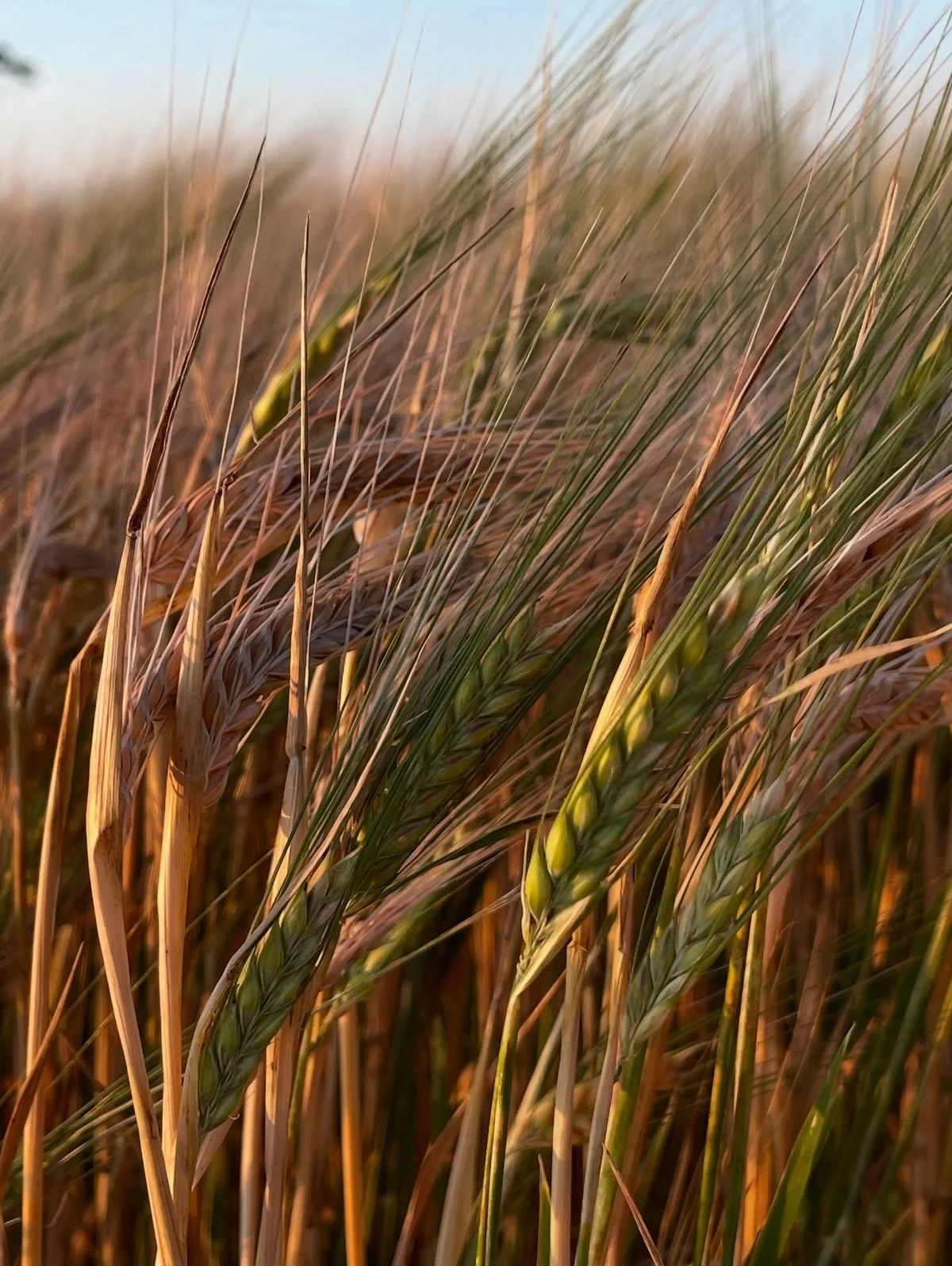
Lammas
A Celebration of Harvest, Gratitude, and Women's Connection to the Earth
Lammas falls on Saturday, August 1, 2026 Sturgeon Full Moon on August 28, 2026, at 12:18 a.m. (ET).
Lammas, also known as Lughnasadh, is a sacred festival that marks the beginning of the harvest season. Celebrated on August 1st, it is a time to honor the earth’s fertility, give thanks for the abundance of nature, and reflect on the fruits of our labor. For women, Lammas is an invitation to celebrate both the literal and metaphorical harvests in our lives—whether that be in our creative endeavors, relationships, or personal growth.
Derived from the Old English word hlafmaesse, meaning “loaf mass,” Lammas is rooted in ancient agricultural practices, symbolizing the moment when farmers reap what they have sown. It’s a time for gathering together in gratitude and community, sharing the bounty of the season, and reflecting on the cycles of planting, nurturing, and harvesting.
The festival is deeply connected to the Celtic god Lugh, a deity of light, harvest, and abundance. It was believed that Lugh sacrificed himself to ensure the fertility of the land, making Lammas a time to honor his gift to the people. For women, Lammas is a powerful reminder of the strength of self-sacrifice, and the way our own efforts—whether in family, work, or creative pursuits—bear fruit when nurtured with love and dedication.
During Lammas, rituals such as making corn dollies, baking bread, and creating bonfires are common ways to celebrate the season. For women, these rituals can be both personal and communal. Baking bread is not just about nourishment—it’s about honoring the feminine act of creation. As we knead the dough, we connect to the earth’s life-giving energy, the cycle of growth and abundance that sustains us all. The corn dolly, traditionally made from the last sheaf of grain, symbolizes fertility, and the continuity of life.
This is a festival that invites us to reflect on our relationship with the earth—how we care for it, nurture it, and give thanks for the gifts it provides. Lammas is a celebration of the interconnectedness between humans and nature, reminding us that every harvest is a result of both patience and hard work. For women, it’s a chance to honor our role as caregivers—not only to our families and communities but to the earth itself.
Modern Lammas celebrations often center around community feasts, where freshly baked bread, seasonal produce, and homegrown food are shared with loved ones. These gatherings remind us of the importance of nurturing relationships—not just with the earth, but with one another. Lammas encourages us to come together in gratitude and unity, acknowledging the work and love that goes into every shared meal and every shared moment.
As we gather to celebrate Lammas, let it be a time of reflection on the harvests of our own lives. What have we cultivated this year? What fruits are we reaping from the seeds we’ve sown in our work, our relationships, and our personal journeys? Lammas is a moment to honor the abundance that exists within and around us, to give thanks for the blessings we’ve received, and to nurture the connections that sustain us throughout the year.
-
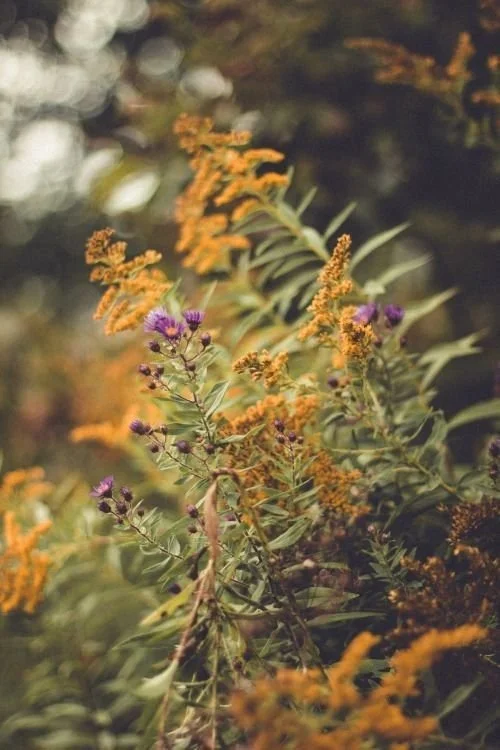
Mabon
A Celebration of Balance, Harvest, and Reflection for Women
Mabon falls on Wednesday, September 23, 2026 Harvest Full Moon on Saturday, September 26, 2026, at 12:50 p.m. (ET).
Mabon, also known as the Autumn Equinox, is a powerful pagan festival that falls around September 21st each year. Derived from the Welsh word Mabon ap Modron, meaning "son of the mother," Mabon marks a time of balance, gratitude, and reflection as the sun begins its descent and daylight gradually gives way to the darkness of autumn and winter. For women, Mabon is a moment to honor the natural rhythms of life, connect with the earth's abundance, and find harmony between the light and dark within ourselves.
Mabon is a harvest festival, a time to give thanks for the bounty of the earth. During this time, the energy of the harvest is at its peak, and the earth provides us with an abundance of fruits, vegetables, grains, and grains. For women, this season represents both the nourishment of the body and the nourishment of our souls. It’s an opportunity to reflect on what we have cultivated throughout the year and to express gratitude for the blessings that sustain us—physically, emotionally, and spiritually.
One of the key aspects of Mabon is the balance between light and dark. On this day, day and night are in equal measure, a powerful reminder of the dual nature of existence. It’s a time to acknowledge and honor the light and shadow within ourselves—recognizing both our strengths and our vulnerabilities, our joy and our sorrow. For women, Mabon offers a chance to step into the wholeness of who we are, embracing both aspects of ourselves and finding balance in our lives. Whether it’s balancing work and rest, nurturing others while caring for ourselves, or honoring both the creative and introspective aspects of our being, Mabon calls us to recenter and realign.
Rituals during Mabon often involve gathering the harvest, whether that means picking apples, collecting seasonal grains, or preparing meals with the fruits of the earth. Women may come together to share feasts made from freshly harvested produce, reflecting on the interconnectedness of all life. These communal gatherings are an opportunity to bond with others, to honor the cycles of nature, and to acknowledge the ways in which we, too, are part of the cycle of creation.
Mabon is also a time for introspection and reflection. As the vibrant energy of summer fades and the quieter, darker months of winter approach, it’s a moment to reflect on our own personal growth throughout the year. What have we harvested within ourselves? What wisdom have we gained, and what intentions do we want to set as we move into the darker, more reflective months ahead? It is a time to honor our growth while acknowledging that, like the earth, we too need rest and rejuvenation. Setting intentions for the winter—a time of inner work and self-care—helps to prepare for the cycle of rebirth that will come with the next spring.
Mabon teaches us to honor the cyclical nature of life, reminding us that everything has its season. The changing seasons offer a mirror for our own internal cycles—moments of growth and harvest, but also times of rest, reflection, and release. As we celebrate Mabon, we acknowledge our own relationship with the natural world and the powerful rhythms that guide us all.
-
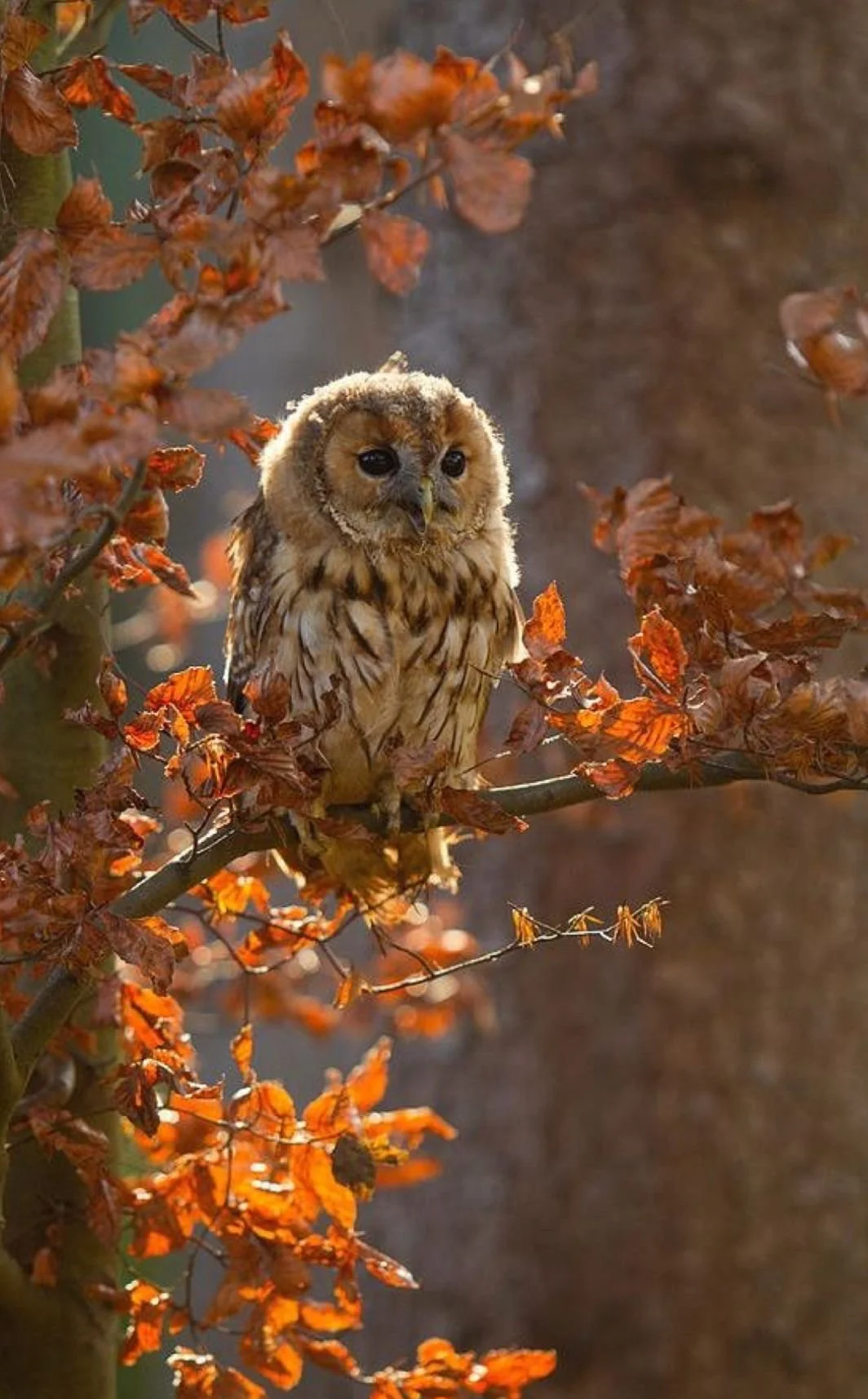
Samhain
A Sacred Time for Women to Honor Ancestors, Reflect, and Embrace the Dark
Samhain falls on the evening of Sat, Oct 31, 2026 – Sun, Nov 1, 2026 Hunter’s Full Moon on Sunday, October 25, 2026, at 8:12 p.m. (ET).
Samhain (pronounced Sow-en or Sow-een) is one of the most powerful and sacred festivals in the pagan and Celtic traditions, celebrated from October 31st to November 1st. It marks the end of the harvest season and the beginning of the long, dark winter months. For women, Samhain is a time to honor the ancestors, reflect on the past year, and connect deeply with the cycles of life and death. It’s a moment to embrace the darkness—both the external changes in nature and the inner work of transformation.
At its heart, Samhain represents a time when the veil between the physical world and the spirit realm is thinnest, allowing for easier communication with those who have passed. This sacred time invites us to honor our ancestors and celebrate their wisdom, remembering the women who came before us. It’s a powerful time for healing, forgiveness, and gratitude, as we reflect on the legacies and lessons left by those who walked the earth before us.
In ancient times, people would light bonfires to keep away malevolent spirits and to offer protection for their homes and families. For women today, these bonfires are a symbol of personal empowerment, where we can reflect on our own internal light and dark. The fires are also a reminder of the wisdom that comes from both life and death—the transformative power of endings, and the fertile ground they create for new beginnings. Whether through ritual, meditation, or simply sitting in stillness, Samhain is an invitation to embrace the fullness of life, knowing that with every ending comes the possibility of renewal.
Samhain also marks the end of the Celtic Wheel of the Year, symbolizing the completion of a cycle. For women, this is a time for reflection and gratitude—to honor what we’ve achieved, learned, and created throughout the year. It’s a time to sit with gratitude for our growth and to release what no longer serves us as we prepare for the introspective, quiet months of winter. Samhain asks us to reflect on our life’s harvest, to give thanks for the abundance we’ve received, and to find peace in the stillness that winter offers.
For women, Samhain is also a powerful time to embrace the dark—the time of year when the earth rests, goes inward, and prepares for renewal. Darkness is often viewed as something to fear, but Samhain teaches us to honor the shadow and to connect with the wisdom that resides within it. Just as nature withdraws into the dark womb of winter to prepare for rebirth, we too are called to reflect, heal, and nurture our inner selves, embracing the quiet and introspective energy of the season.
Samhain rituals for women can include lighting candles in memory of loved ones, creating an ancestor altar, or writing letters of gratitude to those who have passed. It’s also a time to journal and reflect on the year’s experiences—what we want to leave behind and what we want to call into the next cycle of life.
As we enter this sacred time of reflection, gratitude, and honoring, we are reminded that Samhain isn’t just about celebrating the dead, but also about celebrating the life that still flows within us, and the power we have to transform our lives.

Seasonal Living for Women: Embrace the Rhythms of Nature
Living in alignment with the Wheel of the Year invites us to honor the natural pauses that occur with each season, giving us moments to reflect, reset, and reconnect with the Earth. These seasonal shifts aren’t just markers of time—they’re invitations to slow down, tune in, and find balance between our inner rhythms and the world around us.
For women, seasonal living offers a beautiful path toward soft living—a way of being that encourages us to make intentional choices, cultivate peace, and nurture our spirits in harmony with the changing seasons. Each transition provides an opportunity to adjust our pace, honor the flow of life, and create space for rituals that nourish us.
A Time for Reflection and Action
As each season unfolds, we are invited to reflect on our own lives and adjust our goals to match the natural energy around us. When the world around us is bursting with new life, it’s the perfect time to move forward with our intentions—to channel the energy of renewal into action, whether it’s a creative project, personal growth, or new goals for the future. The vitality of nature can inspire us to take the same steps toward transformation.
By following the Wheel of the Year, we create natural pauses in our lives to reassess our plans, check in with ourselves, and create rituals that keep us grounded and aligned with nature’s rhythms.
Creating Ceremony in Everyday Life
One of the most meaningful aspects of seasonal living is the ability to create personal ceremonies that honor the changing seasons. Whether alone, with friends, or within a community, each moment of seasonal transition is an opportunity to reflect, reset, and celebrate what the season brings.
For example, as the earth awakens in spring, we may feel called to set new intentions and honor the spark of creativity within us. As summer reaches its peak, we may celebrate abundance and growth. When autumn arrives, it’s a time to reflect on our harvests—both literal and metaphorical—and offer gratitude for all we’ve gained. And as winter comes, we can pause to honor the wisdom of rest, the cycles of death and rebirth, and the deeper mysteries of life.
These moments of reflection and celebration help us stay in tune with the energy of the Earth, encouraging us to rest when needed, embrace action when it’s time, and honor the constant cycle of change, growth, and renewal.
Align with the Flow of Nature
When we look to nature, we see that everything has its season. The flowers bloom and fade, the trees grow and shed their leaves, the sun rises and sets in perfect timing. As women, we are deeply connected to these rhythms, and by aligning ourselves with them, we create a life that flows with ease and intention.
Let the Wheel of the Year be your guide—an invitation to live with greater presence, peace, and connection to both nature and your own inner wisdom. By embracing the cycles of the seasons, we can cultivate a life that honors both rest and growth, reflection and action—a life of harmony and grace.
